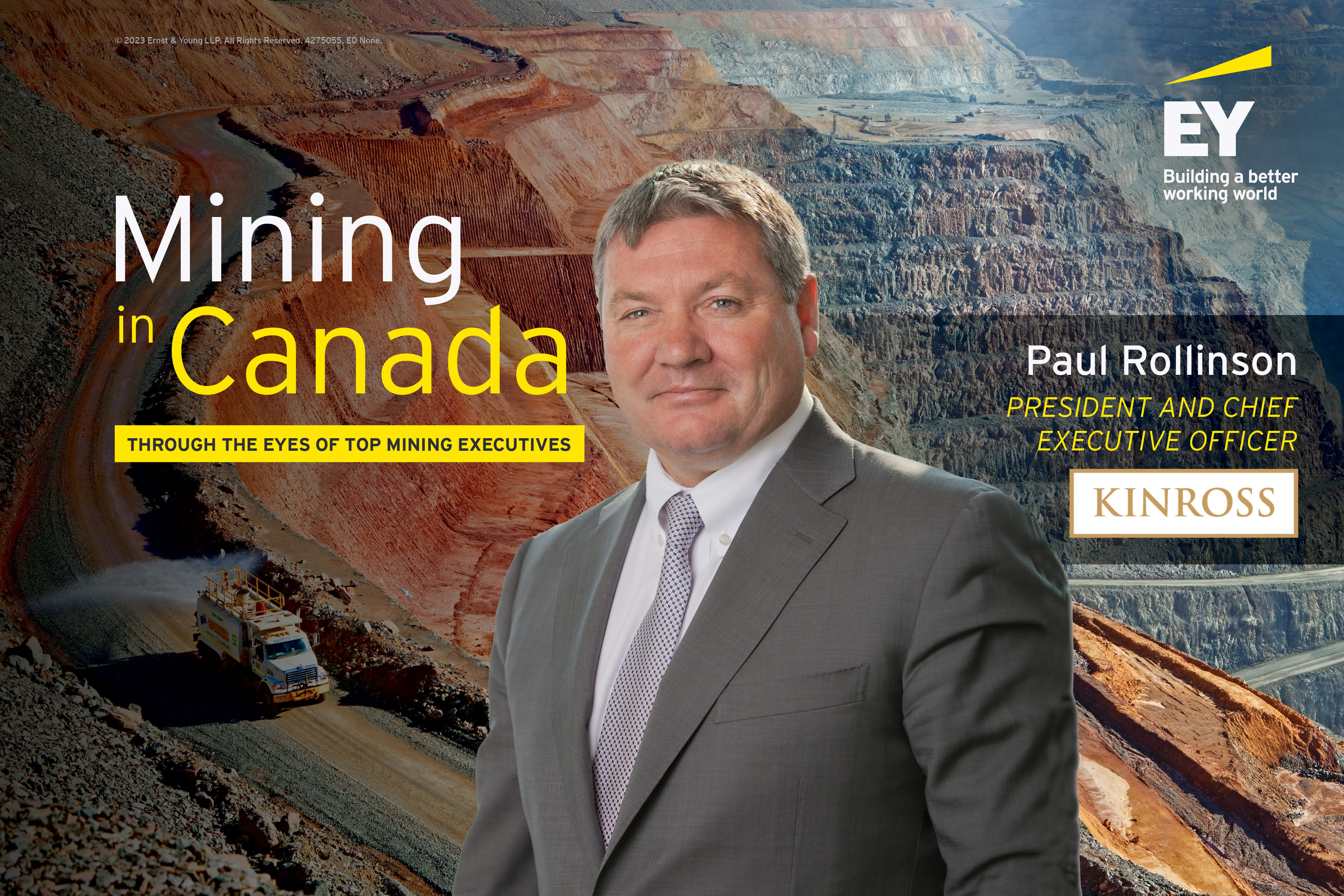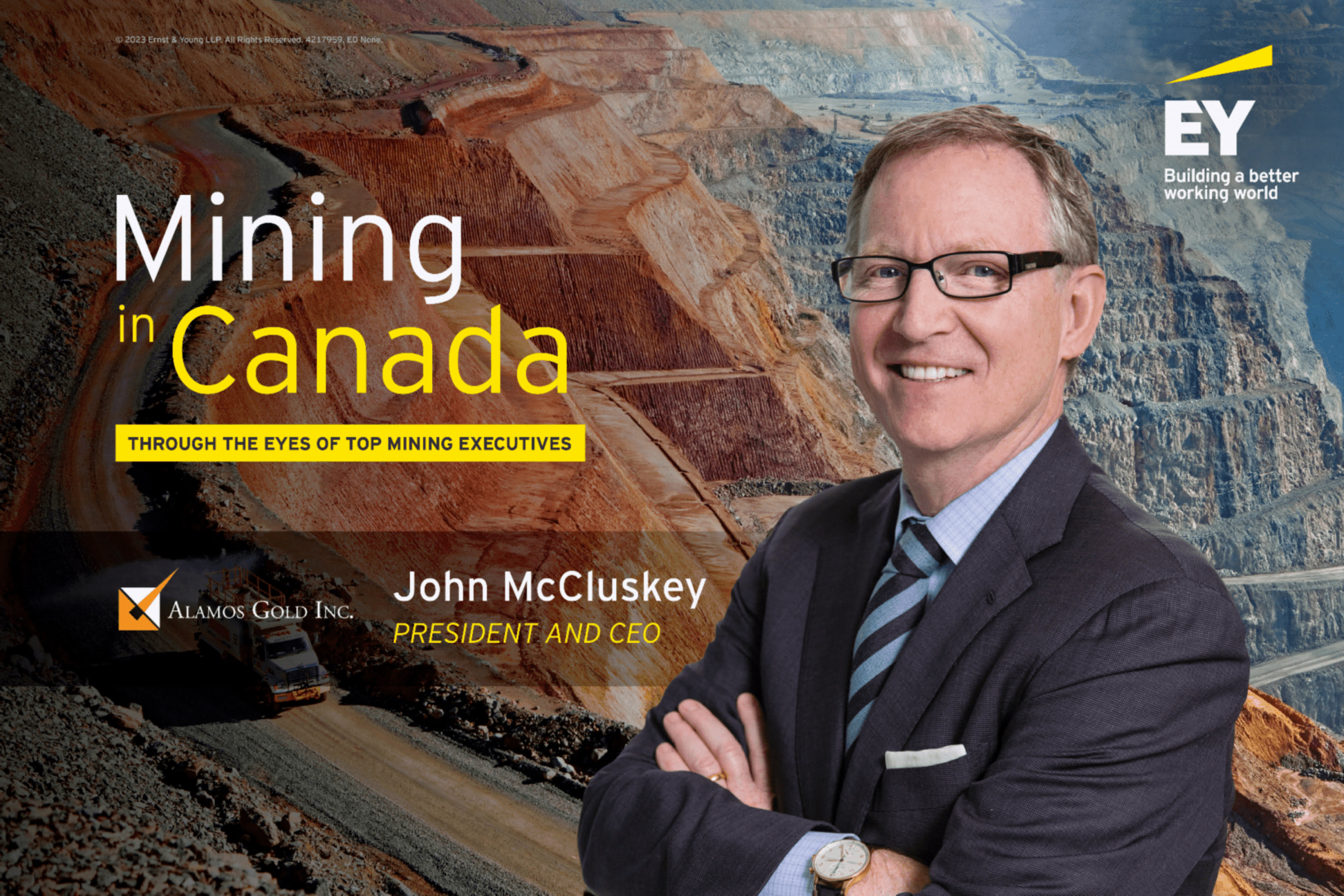Let's talk about work models. We made it through COVID-19 but are still struggling to figure out new models of working post-pandemic. In mining, we have the added complication of having differing dynamics — those on-site at the mine versus corporate office. What advice would you give on work models that can effectively support productivity?
So that's a super big question but the right one to be asking now. People, not just talent, are foundational to the success of this industry. But we've lost a lot of our skills. COVID was in many ways the last straw. As an industry, we traditionally tackle this from a boom-bust point of view, making cyclical decisions, but that can’t be the right approach when it comes to people.
We've proven we can work in a hybrid model — with some work being done remotely and other activities autonomously. So without investing too much on technology, we can continue to work in hybrid ways. Doing so will allow us to create hubs of concentrated skills that will support operational efforts. We’ll also benefit from partnerships, whether at the OEM or contractor level.
Until now, hybrid has been a “let's try it” approach, and where it makes sense. Going forward, there's opportunity to reimagine and redesign what a hybrid model should look like. What work should be remote or done remotely with a partner and what work demands the creation of an on-site centre of excellence. It’s about rewiring mining for the future and it's time we design and designate roles for currently or previously marginalized or disadvantaged groups.
We’re both products of DEI gone well. What would you say are the challenges or opportunities still left on the table?
If you ask me, specific to mining in Canada, has DEI worked? I'm going to say yes. The goal is making sure mining organizations look like what society looks like. While we’re not there yet, I can tell you I’ve been driving DEI actively for over a decade and if you look at conversations we've had around debunking myths, stereotypes and biases, they were conversations I wouldn't have thought of when I was a graduate 20 years ago.
That’s progress. The fact that an organization — mining in Canada — is prepared to have conversations that were completely taboo decades ago is not only meaningful to me but has led to changed mindsets and a more inclusive culture across the sector.
Sounds like a more practical approach to DEI. It’s often easier for partners to hire and retain talent in mining than mining companies doing it themselves, so there's probably opportunity for miners to learn from their partners rather than solve it for themselves.
You're touching on some key themes, starting with why partners have been able to attract individuals with critical skills during this time. Because post-COVID, people have been searching for flexibility and that’s something some of our partners offer. And why have I been a fan of flexibility in partnerships? Because I don’t want more overheads than I absolutely need. The partnership model can be very symbiotic if it’s designed correctly.
And by keeping DEI in mind. I’ve had the greatest success when I’ve built mines with gender diversity in mind. In South Africa, we started a mine with over 35% women, in the middle of the Northern Cape — a very remote geography. Designing a project with this in mind is going to get you far closer to your targets than retrofitting it to meet them. The world’s going to need more mines. By doing the “what” and “how” well, we’ll meet our goals not just for right now, but for the future.
The examples you gave of designing DEI into the mine were outside of Canada. What would you say to younger executives looking and learning from places like Africa and South America, rather than here at home?
Every geography has nuanced challenges and opportunities when it comes to people and talent so you're always going to be chasing the curve. I recommend building out local subject matter experts as soon as possible. While there’s very few geographies that don’t welcome foreign expertise, what we don't always do well is translate that international experience into the local expertise. In Brazil, despite working with Vale’s 80-plus year mining history in the geography, we took longer than we should to develop local talent pipelines in some parts of the country.
Another area we struggle with is training i.e. in more junior ranks. When it comes to partnership, I don’t think the industry should differentiate how we train mining contractors versus ourselves. We need to do so consistently, with the same high standards across the board – and we should look at the partnership model because of the flexibility it brings. Mining companies should also double down on safety — even for partners — because that's going to matter.
We need to get better at understanding our audience and building the social case for mining when it comes to the next generation. Look at the demographics and the profile of tomorrow's consumer. The International Council on Mining and Metals conducted a survey last year with 30,000 people, across 30 countries, and asked what the one thing was they’d like to see mining do to rebuild trust and there was a resounding cry around protecting nature. So, if we’re going to do what's right by stakeholders and ensure younger people coming into the industry understand we are serious about doing the right thing, we need to actively listen and act. Then invite them to join us as they’ll acknowledge we've heard them and we know ESG matters.
We don't necessarily need to have all the answers. But if we don't tap into that young skill set coming out of university, we’re going to deny the industry access to people that care, who can really help us make pivotal change.
Is there more we can be doing in Canada to make sure our definition around the protection of nature is shared by custodians of the land and young people, so there's symbiosis in terms of how we approach the issue?
For too long, with the right intent, mining companies have made assumptions on what stakeholders need and want. Calling on the first custodians of the lands we mine means they play an active role. It hinges on inclusivity, stakeholder inclusion and deep respect. Because when I invite you to the table, I'm going to have to do something about what you said.
But it's not a one-off. Don't do it at the start of the project. Don't do it once a year as a checkbox. If you truly want to get it right, it needs to be integrated into the way you work.
We've had CEOs talk about the value of culture for their organization. What is your best advice for executives driving a unified and inclusive culture that invites diversity and makes a difference?
I've seen how focusing on culture makes such a big difference. Culture is an organization's fabric. The work we do on purpose, values, behaviours are like threads that either keep a culture tight or risk unravelling it.
If you asked me 20 years ago what makes a competitive organization, I would have told you: safety needs to be right, focus on people practices, look for efficiencies, organizational model effectiveness, capital deployment. I would have said a lot of stuff. But having been in this industry for almost 27 years, when you start focusing on culture, are driven by higher purpose and take society along sustainably and for the long run, all those things I mentioned about safety, people practices, etc. organically evolve to create a differentiated, competitive business.
It's not about “adopting” something. It’s about leadership actively deciding on the culture they want to see. Once you set the end point and stay focused on it, the rest of it will organically happen. Because when culture is at the centre of everything you do, empowerment comes along with it. And that drives competitiveness.
That's very insightful. Switching gears, I wanted to talk about social dependencies. They happened in Canada back in the day. We build cities and then we dismantle them. It's a risk in communities around the world — but how do we avoid them?
I've seen too many ghost towns. Too many remnants. And that's what we can't afford to do going forward as we deliver on this unprecedented demand.
In mining today, we need to create an ecosystem that thrives around mining as an “anchor neighbour”. It sounds simple but it’s not. It requires us to introduce skills to communities and employees that are mining related, but also industry agnostic. Developing people not just for the work we need but for something broader.
Linked to this, you've got to start any mining operation with closure in mind, hardwiring the skill sets, opportunities, and partnership within communities beyond mining activities. When you build with end-of-life in mind from day one, you create parallel industries that can support the community after the mine is closed.
That’s a paradigm shift for responsible mining. It's been an absolute pleasure, Deshnee.
Thank you for inviting me. I've had an amazing time.





